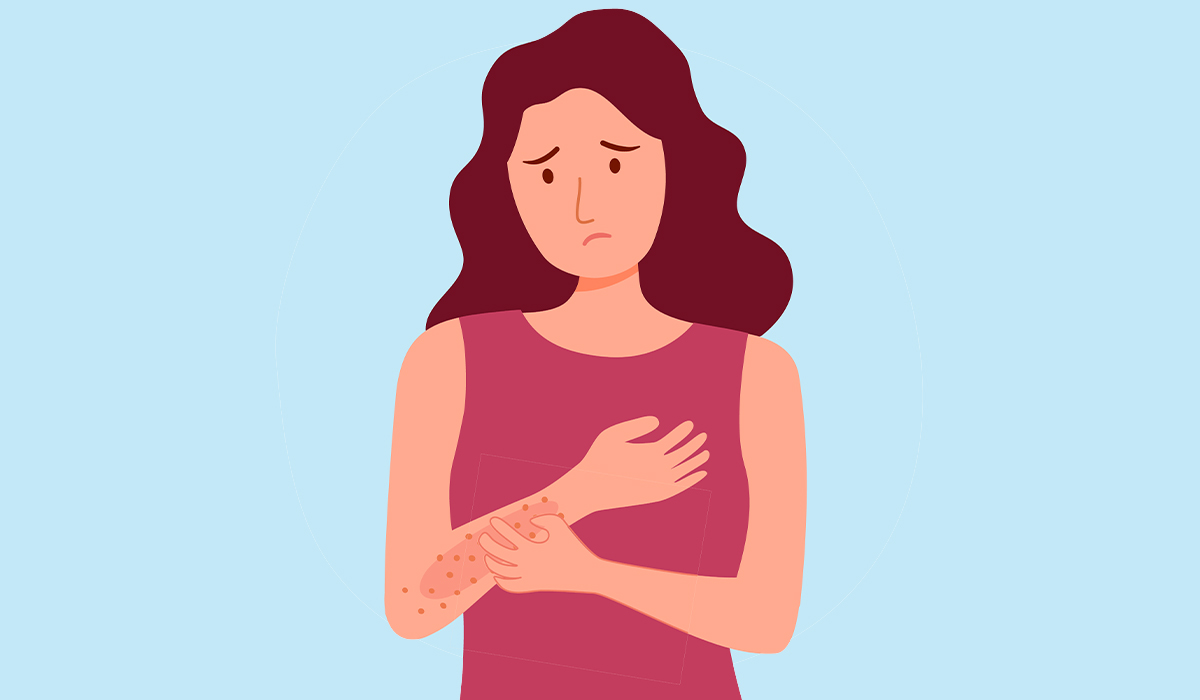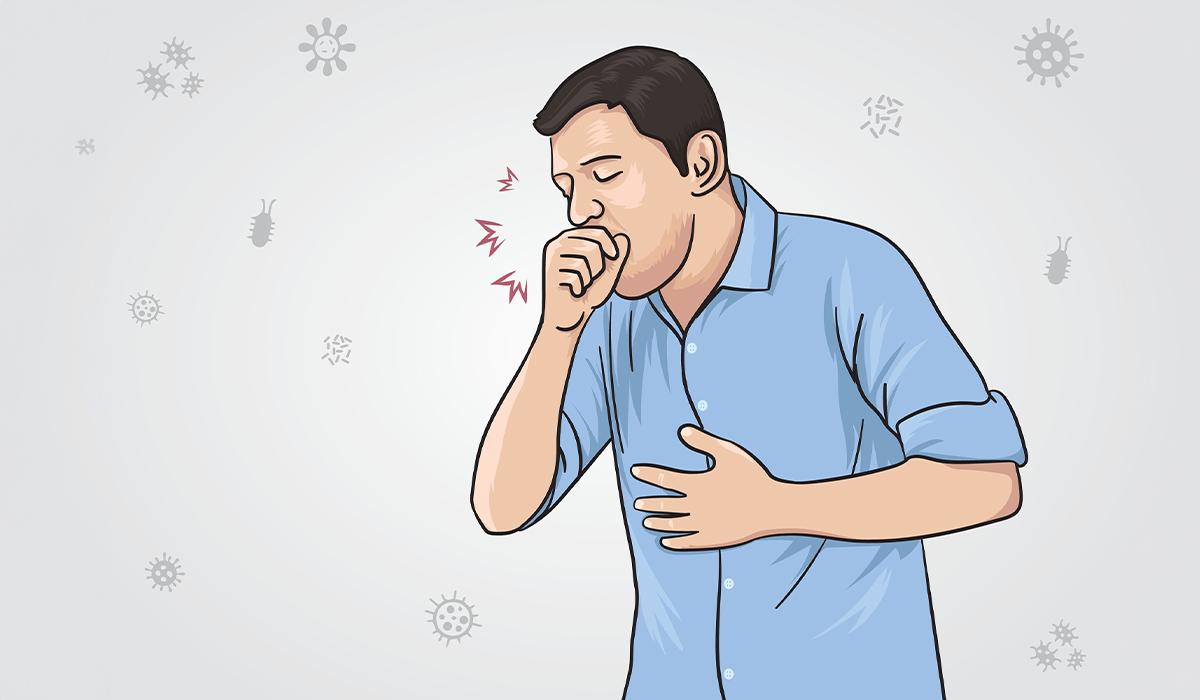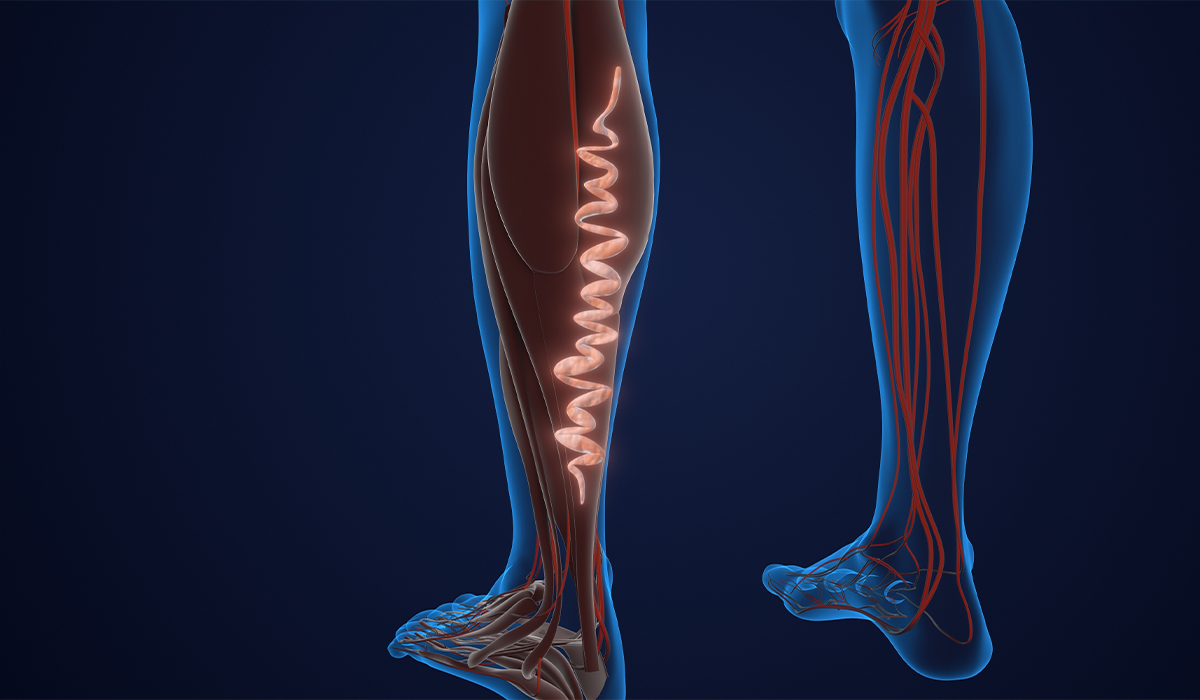In practice, chemotherapy is adapted to a specific cancer disease and affects conducting treatment according to strictly defined schemes. It usually involves the administration of 2-3 drugs in cycles, with breaks of several weeks between them. Not all tumors are sensitive to chemotherapy. Not all malignant tumors can be treated exclusively with chemotherapeutic agents.
Anticancer drugs with different effects and side effects are most often combined. As a result of such a procedure, the chemotherapy results on diseased cells are increased. Detailed recommendations regarding the number of drugs used and the frequency of subsequent chemotherapy cycles depend on the type of cancer, its advancement, the health condition, and the rate at which the effects of therapy are neutralized by healthy cells.
Chemotherapy can be used alone or in combination with other cancer treatments such as radiotherapy, hormonal treatment, targeted therapy, or surgery.

Types
Chemotherapy is utilized at various stages of treatment. The hospital staff will provide details on its functioning and how to prepare for the treatment. We distinguish the following types of chemotherapy:
- Induction chemotherapy – chemotherapy aimed at reducing the mass of the tumor and enabling later local treatment in the form of surgery or radiotherapy
- Adjuvant chemotherapy – chemotherapy as a complementary treatment after previous local (surgical) treatment to achieve a better therapeutic effect both in terms of possible local recurrence of the tumor and the impact on long-term survival
- Neoadjuvant chemotherapy – chemotherapy as a systemic treatment used before local treatment (i.e., first chemotherapy and then surgery or radiotherapy)
- Synchronous chemotherapy – the use of cytotoxic medicines and radiotherapy to obtain the best possible response to treatment. Some cytostatic drugs have a photosensitizing effect – they reduce the repair capabilities of cancer cells and make them more susceptible to radiotherapy
- Intrathecal chemotherapy – due to the existence of a specific blood-brain barrier, most drugs administered intravenously do not pass into the central nervous system. To enable cytostatics to reach the nervous system, they are administered into the spinal canal, from where they can affect both tumors located in the brain and the medulla oblongata and spinal cord
- Intracavity chemotherapy – treatment involves administering anticancer drugs directly into body cavities (abdominal cavity, pleural cavity). This method of administration aims to achieve the highest possible concentration of the drug at the site of the tumor
- Palliative chemotherapy
Methods Of Administering Chemotherapy
Depending on the expected effect and the expected concentration of anticancer drugs, specialists can administer anticancer drugs in the following ways:
- Intravenously
- Orally
- Intraarterially
- Intraperitoneally
- Intrathecally
- Intratumorally
When Is Chemotherapy Used?
The treatment of malignant tumors typically involves multiple stages. It encompasses various standard care protocols depending on the cancer type, clinical stage, and prior therapies. A diverse range of specialists are involved in treating cancer patients, including general surgeons, oncological surgeons, and radiotherapists. Clinical oncologists select the most suitable chemotherapy for each patient. This method is often part of a combined treatment approach.
As mentioned earlier, specialists can apply it in several ways: as a neoadjuvant treatment to shrink the tumor before surgery, as an adjuvant treatment to reduce the risk of disease recurrence after surgery, or as radiotherapy for radical treatment using only chemotherapy, or in combination with radiotherapy (chemoradiotherapy) to achieve a radical cure. Additionally, chemotherapy can be used as palliative treatment for advanced malignant tumors to alleviate symptoms and, if possible, prolong the patient’s life after exhausting other treatment options.
What Does Chemotherapy Treatment Look Like?
The contemporary approach to treating tumors that respond to chemotherapy involves the use of multidrug chemotherapy tailored to each patient. Typically, 2-3 drugs with varied mechanisms of action are administered simultaneously at maximum effective doses.
The chosen chemotherapeutic drugs are carefully selected to avoid counteracting or weakening each other’s effects. Each drug must demonstrate proven effectiveness against a specific tumor so that when used together, they complement each other in combating cancer cells. Unfortunately, all chemotherapeutic agents have distinctive side effects, so drugs that do not cause the same side effects are preferred.
The fundamental principle of chemotherapy is to follow a specific treatment regimen until the drugs’ toxic effects pose a risk to the patient’s well-being. When a particular set of chemotherapeutic agents no longer yields the expected results, alternative therapy regimens are considered based on the patient’s clinical condition.
Chemotherapy is only suitable for cancers that demonstrate documented chemosensitivity. Thus, it is crucial to establish an accurate histopathological diagnosis before commencing treatment. The choice of the appropriate treatment regimen should also consider the patient’s comorbidities and potential side effects.
Evaluating the efficiency of vital organs is necessary before beginning therapy. Throughout treatment, specific tests are conducted to assess the efficacy of chemotherapy and estimate the response to the applied chemotherapeutic.

When Is A Tumor Sensitive To Chemotherapy?
Evaluating how well chemotherapy works is crucial for determining the effectiveness of the treatment. It is essential for planning the next steps in therapy. To determine this, various tests must be carried out before starting treatment and then repeated during chemotherapy. The response to treatment can be assessed by measuring the size of all tumor growths in imaging tests, such as computed tomography or magnetic resonance imaging. Additionally, the levels of tumor markers in the patient’s blood are monitored. Based on these assessments, we categorize the response as follows:
- Complete response (CR) occurs when all signs of cancer have disappeared after at least four weeks of treatment, as confirmed by tests.
- Partial response (PR) is when all tumor growths in imaging tests have reduced by at least half, no new growths have appeared, and none of the existing ones have increased over at least four weeks.
- Stabilization (NC) is when the neoplastic growth has reduced by less than half or increased by no more than 25% over at least four weeks of observation.
- Progression (PD) indicates the worsening of the neoplastic disease. It is diagnosed when, based on at least four weeks of observation, the existing neoplastic growth has increased by at least 25% or new changes have appeared in imaging tests.
Other measures of how well anticancer treatment is working, in addition to assessing the response to treatment, include the duration of the response and the duration of the disease before progression occurs.
When Can Chemotherapy Be Ineffective?
Significant limitations to the effectiveness of chemotherapy are its toxicity and developing drug resistance. The first problem is that cytotoxic drugs used in chemotherapy harm cells that divide rapidly, not only cancer cells but also those in the skin, digestive tract, bone marrow, testicles and ovaries, and the urinary tract. The side effects of anticancer drugs that occur during chemotherapy include:
After Several Weeks
After several weeks from the last chemotherapy cycle, the following may develop:
- Immune disorders (too few white blood cells)
- Tendency to bruise, difficult blood clotting (due to a low number of platelets)
- Easy fatigue, pale skin, dizziness, rapid heartbeat (symptoms of anemia)
- Inflammation of mucous membranes (e.g., in the oral cavity)
- Hair loss
After Several Months
After several months of treatment with chemotherapy drugs, there is a risk of developing organ toxicity in the form of:
- Fibrosis of the lung parenchyma
- Kidney damage
- Cardiomyopathy
- Damage to the nervous system
Long-Term
Long-term effects of chemotherapy may include:
- Fertility disorders
- Development of secondary cancers
Another problem with chemotherapy is resistance to the medicines used. Lower sensitivity to drugs may result from, among other things, the need to use lower doses, genetic conditions, and the regeneration of cancer cells after being damaged by drugs. Barriers to anatomical structures may also negatively influence the accumulation of chemotherapeutic drugs in cancer cells.
Before The Visit
Before visiting the doctor, it is worth helping the patient prepare a list of documents that may be helpful during the visit, a list of medications taken (names, doses), and questions for the doctor. Only doctors know how often patients ask about medicines they are taking, and it is impossible to remember everything.
Providing reliable information in this area helps avoid using medications that may interact with each other. It is especially useful when the patient uses the help of several clinics with different specialties. Collecting and organizing medical documentation allows for the proper flow of information between different doctors.
Ask Questions
Don’t be afraid to ask. Some questions will arise on their own. However, in the case of oncological treatment, a list of questions that can be asked to the oncologist at individual stages of treatment can be found on the Internet. The best examples of such “ready-made” questions are questions about treatment before, during, and after chemotherapy. It is worth writing down the answers on paper and putting them in a binder.
The Presence Of A Supporting Person At The Visit
It is good to establish with the patient whether and what support they need. They may want someone to accompany them during selected visits. Apart from personal reasons, the stress occurring during oncological treatment, the state after medication, and problems with concentration may mean that the presence of a support person will be helpful in this situation.
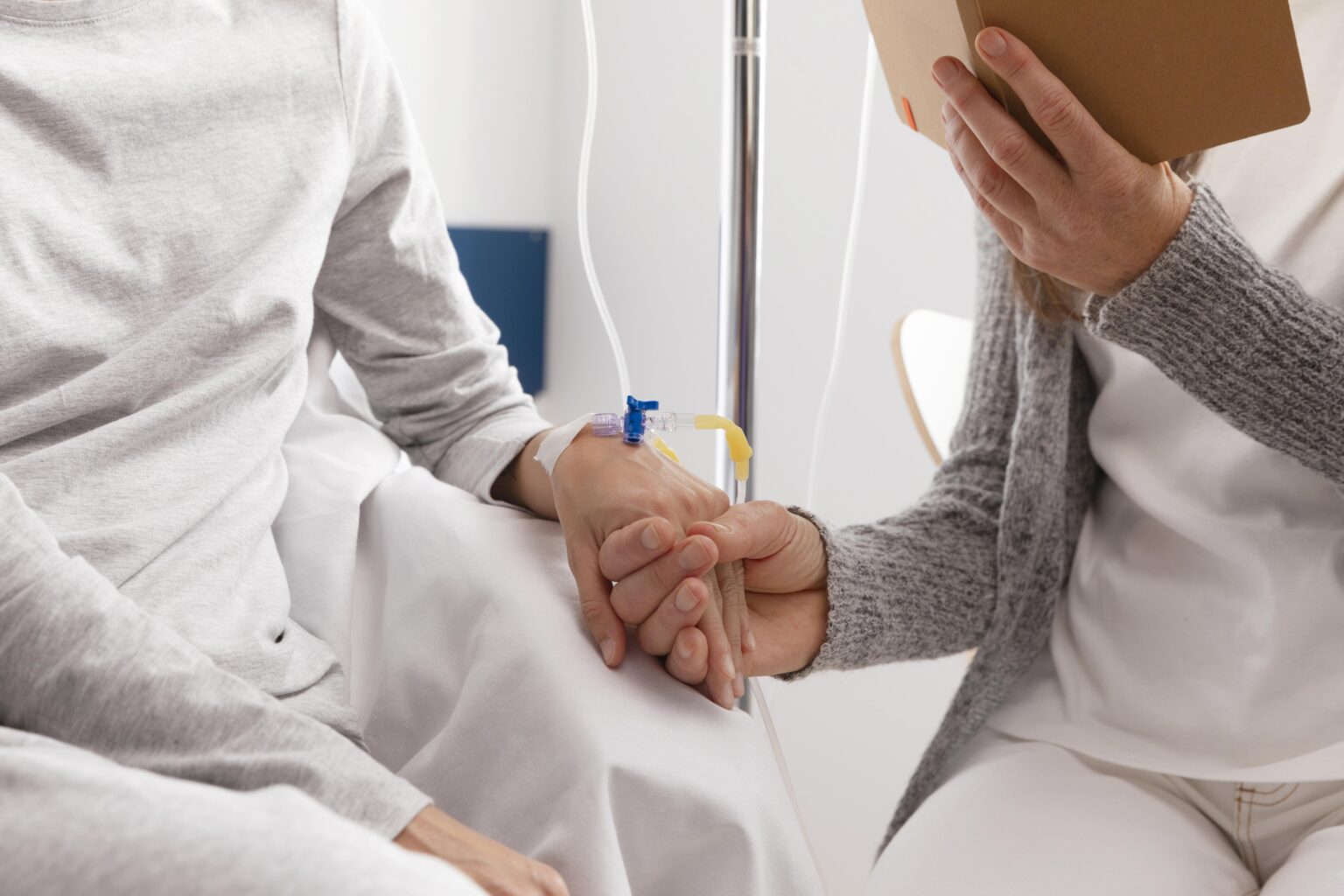
Medical Opinions During The Treatment Process
Some patients approach the entire oncological treatment process relying solely on the attending physician’s opinion, but not all patients have this approach. In the case of oncological treatment, we need to deal with a previously unknown topic. Additionally, anything that happens unexpectedly can burden and stress us greatly. Example: an unusual symptom occurring during treatment or a drop in the level of some blood parameters.
Because the importance of the problem is high and our practical knowledge is negligible – doubts should most often be dealt with by contacting a doctor. In selected cases, it is also worth having a second opinion. It often happened that the opinions were mutually exclusive – do not be afraid of such situations. You will get out of it by digging into the subject or using a third opinion.
Reliable Sources Of Knowledge
The Internet is a source of valuable knowledge, but also false information about cancer treatment, the harmfulness of some products, etc. Doctors strongly question many unconventional methods of treatment. You have to consider who to trust. The reception and approach to such situations are very individual. Some issues are perceived differently when you know you have little or almost no time left.
Different Reactions
Oncology doctors focus strongly on treating the main problem, which is cancer. This approach sometimes causes other topics to fade into the background. Therefore, for example, if someone has other co-existing health problems, e.g., with the stomach mucosa, it is worth asking whether a medicine to lower the stomach’s acid level will help them during chemotherapy.
It is worth establishing regular contact with a family doctor who will look at the patient holistically, suggest something, rationalize, and explain. Such support will also be valuable after the oncological treatment is completed, when it is necessary to return to normal life, including periodic tests, etc.
Diet During Chemotherapy
According to the current state of knowledge, no specific diet is recommended during cancer treatment, including chemotherapy. It is assumed that the method of nutrition depends on individual needs, the stage of the disease, and the patient’s tolerance and tastes. Recommendations focused on only one aspect will not always be applicable in every situation. Hence, it is challenging to plan a diet that will be justified throughout the entire period of therapy.
One of the most essential dietary points during oncological treatment is the prevention of malnutrition, hence a significant part of the rules will focus on mitigating the previously mentioned side effects.
Sources
- Cancer Chemotherapy. NIH.
https://www.ncbi.nlm.nih.gov/books/NBK564367/ - induction therapy. NIH.
https://www.cancer.gov/publications/dictionaries/cancer-terms/def/induction-therapy - Adjuvant and Neoadjuvant Chemotherapy. NIH.
https://www.ncbi.nlm.nih.gov/books/NBK13569/ - Synchronous versus sequential chemo-radiotherapy in patients with early stage breast cancer (SECRAB): A randomised, phase III, trial. NIH.
https://pubmed.ncbi.nlm.nih.gov/31785830/ - intrathecal chemotherapy. NIH.
https://www.cancer.gov/publications/dictionaries/cancer-terms/def/intrathecal-chemotherapy - Intracavitary chemotherapy. NIH.
https://pubmed.ncbi.nlm.nih.gov/2412719/ - Termination of Palliative Chemotherapy Near the End of Life: A Retrospective Study of Gastrointestinal Cancer Patients. NIH.
https://www.ncbi.nlm.nih.gov/pmc/articles/PMC10357107/ - Chemotherapy to Treat Cancer. NIH.
https://www.cancer.gov/about-cancer/treatment/types/chemotherapy - Chemotherapeutic drugs: Cell death- and resistance-related signaling pathways. Are they really as smart as the tumor cells?. NIH.
https://www.ncbi.nlm.nih.gov/pmc/articles/PMC7938256/ - chemosensitivity assay. NIH.
https://www.cancer.gov/publications/dictionaries/cancer-terms/def/chemosensitivity-assay - complete response. NIH.
https://www.cancer.gov/publications/dictionaries/cancer-terms/def/complete-response - partial response. NIH.
https://www.cancer.gov/publications/dictionaries/cancer-terms/def/partial-response - progression. NIH.
https://www.cancer.gov/publications/dictionaries/cancer-terms/def/progression - The importance of stabilization as an endpoint in the treatment of metastatic colorectal carcinoma: recent quality of life studies. NIH.
https://pubmed.ncbi.nlm.nih.gov/9840724/ - Side Effects of Cancer Treatment. NIH.
https://www.cancer.gov/about-cancer/treatment/side-effects - Eating Hints: Before, during, and after Cancer Treatment. NIH.
https://www.cancer.gov/publications/patient-education/eatinghints.pdf - Malnutrition management in oncology: An expert view on controversial issues and future perspectives. NIH.
https://www.ncbi.nlm.nih.gov/pmc/articles/PMC9579941/
